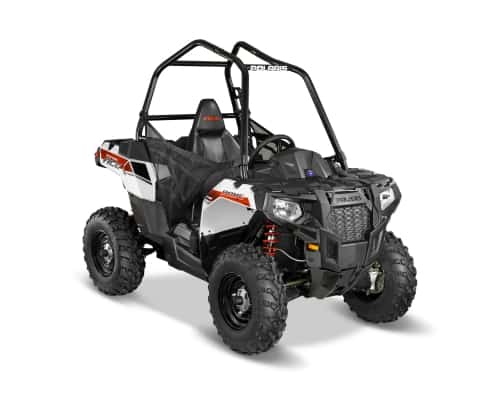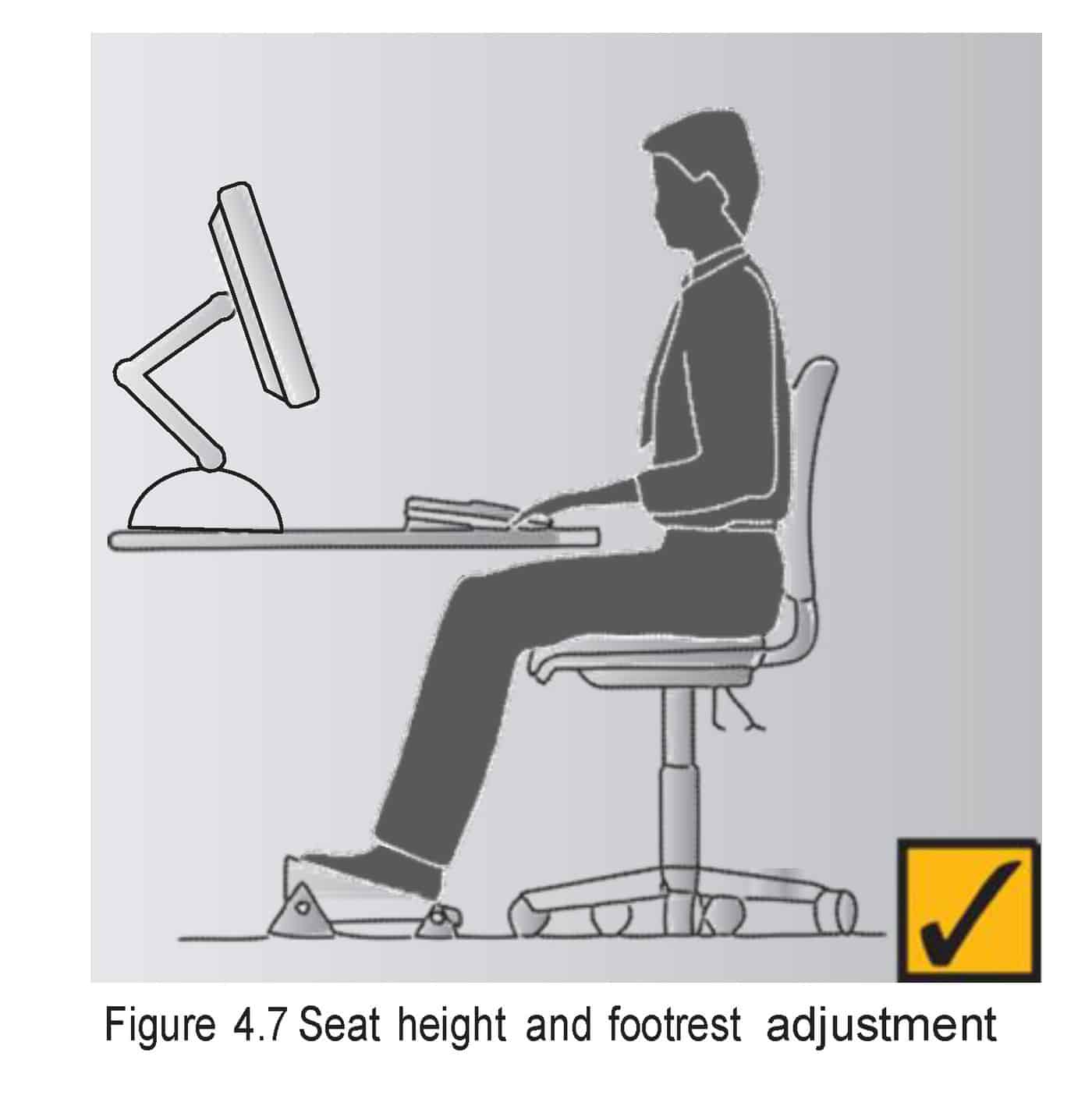Twice in early April 2014, 7.30, a current affairs program of the Australian Broadcasting Corporation, ran two lead stories about occupational health and safety – home insulation-related fatalities and the risks of working at heights. The latter of these provided only a glimpse of a complex OHS issue and only touched on the matter of the self-certification of anchor points where compliance does not necessarily equate to safety. This issue has been taken up by the Working at Heights Association (WAHA) on 11 April 2014. In a media release WAHA stated:
“In the wake of last night’s ABC 7.30 Report on falls from height, the Working At Heights Association has a warning: “If you’re counting on a harness attached to an anchor system to save your life when you fall from a roof, you need to know that many roof anchors don’t meet the most basic safety standards.”
WAHA has conducted some “drop tests” of common anchor points that are currently in use in Australia and that meet the relevant Australian Standard AS/NZS5532 – Manufacturing requirements for single-point anchor device used for harness-based work at height. They found that
“In the tests, 100kg loads dropped through 2 metres tear single-person anchors away from their mounts, while 150kg loads for two-person-use hit the ground, smashing the weights. Only one out of the five anchors tested pass.”
This is a matter of enormous concern as anchor points are an essential element of fall protection. A lot of attention has been given to fall protection harnesses over the years with some new product types but all of these rely on the integrity of a firmly secured anchor point that can withstand the high forces involved in stopping someone falling to their deaths. Continue reading “Anchor points could meet the Australian Standard but still be unsafe”


 There will be two areas of occupational health and safety attention in the early months of 2014 in Australia – workplace bullying laws and the
There will be two areas of occupational health and safety attention in the early months of 2014 in Australia – workplace bullying laws and the  2014 is going to present tough challenges to Australia’s politicians and corporate leaders.
2014 is going to present tough challenges to Australia’s politicians and corporate leaders.  A diagram of safe posture at modern workstations has become iconic but it has also become a symbol of ergonomic misunderstanding. There are assumptions behind the angular figure about the way modern workers work, the equipment used and the tasks undertaken.
A diagram of safe posture at modern workstations has become iconic but it has also become a symbol of ergonomic misunderstanding. There are assumptions behind the angular figure about the way modern workers work, the equipment used and the tasks undertaken.